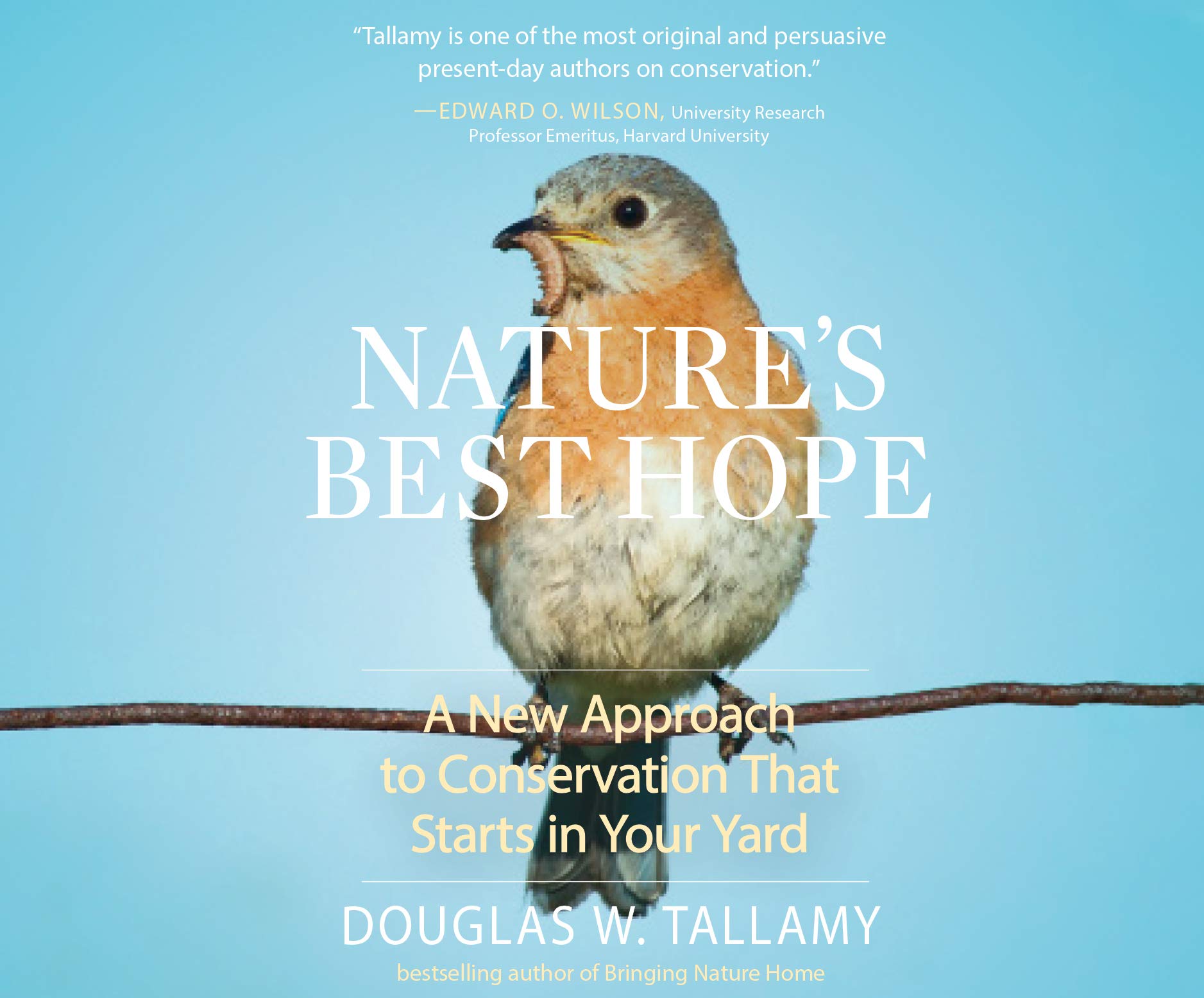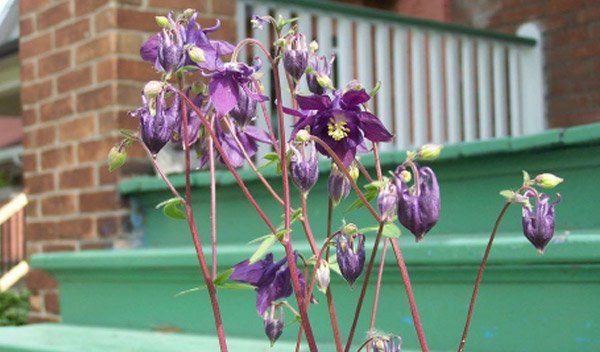Armchair Gardening Blog
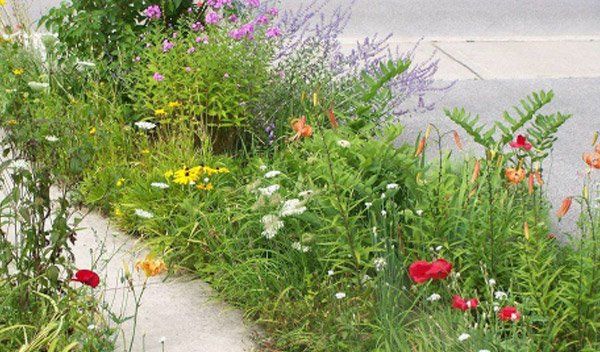
18 Feb, 2021
It’s interesting to think of a garden as the place where nature and culture meet, maybe where they overlap. What we plant, what we think is attractive, how we think about land ownership – these all come from our culture. It is becoming more and more apparent however that our culture is having a devastating impact on nature. We are witnessing an alarming rate of species decline – both plant and animal - in part because we are losing so much of the habitat that “nature” requires for survival. When we add to this the stress on plants and animals brought on by climate change, we are seeing that nature is in trouble. This may require us to look at our gardens differently. Rather than looking at our garden or yard as a bit of the earth that we own, and can do with as we like, what if we were to acknowledge that our gardens are a part of nature – not separate from it at all? What difference would that make? Ecologists describe the parts of an ecosystem as having different functions. Often these functions are related to the needs of human beings. Our ecosystem filters our water, cleans our air etc. Different parts of an ecosystem – say, the plants – also have different functions related to other parts of the same system. If we see our gardens as a part of the larger ecosystem around us would we plant different plants? In addition to how pretty a plant looks in our garden, could we also consider what the function of this plant might be? If the plant had to have a function- such as providing pollen for a bee’s breakfast, or a nesting place for a bird, or some leaves that a caterpillar would eat on its way to becoming a beautiful pollinating butterfly – what difference would that make? Many ecologists are now saying that it would make a big difference. Some say that it would make a crucial difference. There are thousands of acres of privately owned land in Canada that could provide natural habitat to many stressed or endangered species. An American ecologist, Doug Tallamy, is promoting the establishment of “HomeGrown National Park”. A Canadian initiative – IntheZone Gardening from Carolinian Canada and the World Wildlife Fund describes the linkage of natural areas through connections and corridors created by home gardens. One way to begin to think of one’s garden this way is to think of Keystone species. These are species of plants that are especially important to the ecology of a certain area. They are like the keystone of an ancient arch – the stone that keeps the whole thing from falling down, though in nature it may not be quite that simple. Establishing the Keystone species for a particular eco-zone is a complicated process and not without its controversies. These are the species known to be important in the ecology of Grey Bruce: (no doubt this list is not complete) Trees : Oak, Willow, Native Cherry, Birch, Aspen, Poplar, Maple and Cedar. rent source.

15 Aug, 2020
We all want lush, vigorous, healthy gardens, lawns and planters, but how much water do we really need to apply to achieve our goals? How much is enough water, without wasting our precious resource? Water requirements depend on many factors: Is the soil sandy or clay based; does the garden have a layer of mulch to help retain moisture; has compost been applied yearly to add moisture retention for sandy soil and add porosity to clay soils; is the flora planted, appropriate for the soil type; are the plants drought tolerant or water guzzlers? A garden and lawn require, for the most part, (depending on the plant choices and soil type), approximately 1 inch of water per week for the water to percolate to a depth of 8 to 10 inches. This encourages a deep, strong root system for plants that will be able to withstand drought conditions and heat waves. Also, plants with deep roots are healthier plants that will be better able to deter pests and disease. When using a sprinkler system to water, try laying an empty tuna can on the ground to determine when you have reached the 1-inch water required. When watering by hand/hose, 30 seconds per square yard is usually sufficient. Shallow watering creates a root zone close to the soil surface in which plants become easily stressed during drought or heat waves. During these difficult conditions, watering may need to be increased, but first check the soil’s moisture level. The time of day when you water is important. Try to water in the morning, between 5:00 a.m. and 10:00 a.m. when the sun is not as strong, giving time for plants to dry. This will allow water to penetrate the soil and not be evaporated by the hot, mid-day sun. It will also reduce the risk of sun scald on the foliage. If watering in the morning is not an option, wait until about 4:00 p.m., making sure there is still time for the leaves to dry before night fall. If you must water at night, try to only water the soil, as wet leaves encourage diseases such as powdery mildew. If watering at high sun is your only option, it would be best done by applying water to the root zone via a soaker hose. We want to be as effective as possible when we are watering to conserve this precious resource. Check the soil first by inserting a finger. If it is dry up to the second knuckle, watering is needed. If the soil is moist just below the surface, hold off watering. When watering overhead of plants with large leaves, the water can slide off the leaves far away from the root zone... like an umbrella being held over the plant. We call this the “umbrella effect”. Delivering water to the base of plants encourages deep roots and is especially important for establishing new plantings. Leaves themselves take up very little water, so watch out for possible obstacles directing the flow away from the root zone. Container gardens are a closed system. They are not part of your regular garden’s eco- system and do not have the benefit of surrounding soil moisture and nutrient conditions. They need special consideration for proper maintenance. The smaller the container, the more frequently it will need watering during heat waves and drought. This might mean checking your small pots several times a day during stress times. Larger containers, on the other hand, (from 12-inch diameter and up), usually require less work and may require watering only every other day. Regardless of size however, it is a good idea to check all containers for sufficient moisture each day. When watering, ensure that you see water draining from the bottom of the pot and that the entire growing medium is wetted thoroughly. Frequent watering flushes away nutrients so your containers will need fertilizing for optimum performance. Remember to feed regularly with an NPK balanced product per package instructions. Flora prefers water temperatures close to what they would receive naturally in a rain event. If you are able to water using rain barrels or containers that have been left out to come up to air temperature, it is a great way to water. (Water from a hose can be shockingly cold). If you are able to give natural rain or well water as opposed to city water, this is all the better for your plants as it won’t contain chlorines and other possible chemicals.
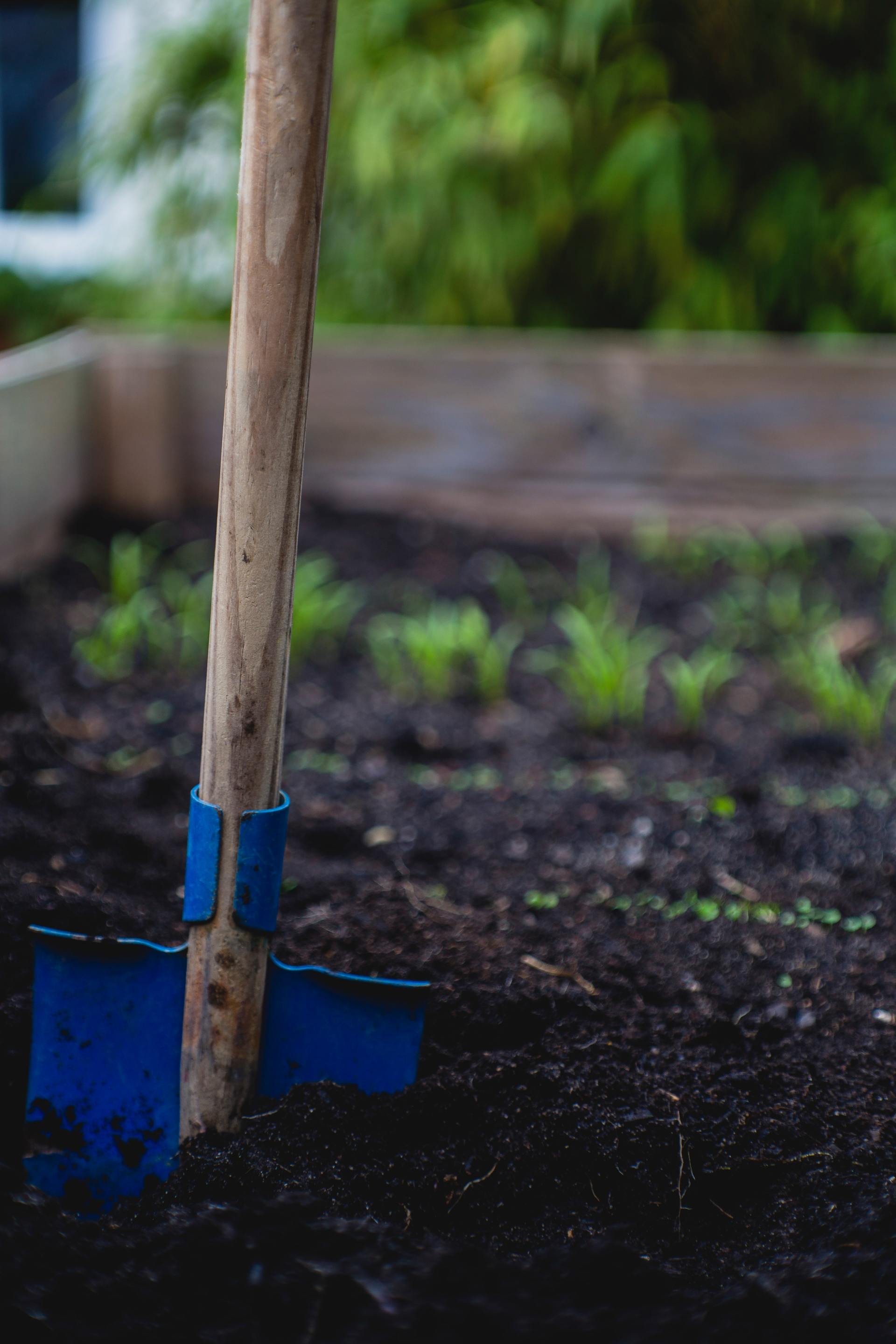
01 Apr, 2020
Question: My husband and I have recently retired and are now living full time in Grey County. I’m excited about having my first vegetable garden but I’m a little uncertain of how to begin. I remember visiting my grandparents’ farm south of Hamilton as a child, and helping my grandmother plant seeds and seedlings on the 24th of May weekend. So, do I plant everything on the 24th of May weekend? Answer: First, let’s deal with the 24th of May myth. If you look at seed packages and instructions for planting seedlings, many of them will say “... sow/plant when all danger of frost is past ...” and in many areas of southern Ontario, including your grandparents’ farm, frosts are unlikely after the 24th of May weekend, so that became the popular time for planting. However, that isn’t the case in Grey County. I usually count on the first of June as a safer bet. But you don’t have to wait until then to get started. There are a number of vegetables that tolerate frost, and even prefer cooler temperatures. Early Birds - April: Peas and spinach can be planted as soon as you can prepare the ground for them. They don’t mind frost or even a bit of snow, but neither like hot weather. Onion sets (small bulbs grown from seed the previous year) can also be planted at the same time. Leaf lettuces and kale tolerate a bit of frost, and you can plant them in late April/early May. Keep a fresh supply of lettuce by planting seeds every few weeks. Stuck in the Middle - May: You can plant out cauliflower seedlings in early May, followed the next week by broccoli seedlings. Like peas these two vegetables sulk in the heat, so starting them indoors or purchasing seedlings gives them a head start. Mid-May is the time to sow seeds for root vegetables such as beets, carrots, parsnips, and for planting potatoes. Corn seeds can be planted in late May. Heat Lovers – June: These vegetables do not tolerate frost at all. Most of them should be started early and planted out as seedlings. Tomatoes, peppers, eggplant, cucumbers, melons and squash are included in this category. Bean seeds should be sowed directly into the garden once the soil has warmed, as they can rot in cold, wet soil. Hope this helps you get started. Good Luck and Good Eating!
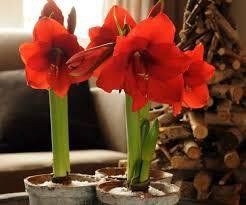
04 Jan, 2020
Most of my friends and family know me as a plant lover. And I am, usually. What they don’t know, is there are limits to my affection, a ‘best before date’, if you will. In past holiday seasons, I have received many beautiful plants adorned with glitter and ornaments, wrapped in shiny, coloured foils. The festive punch these plants give to a room cannot be denied...until the first weeks of January come along. That is when things change. As poinsettia leaves rain down over the dining room table and snow piles up in the drive, I want -and need- to head full throttle into Spring. I’m ready to embrace the Marie Kondo approach: purge the things that no longer give me joy. Top of the list? Christmas plants, and in particular, poinsettias.
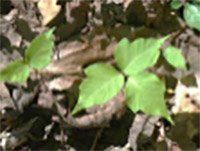
06 Apr, 2019
Have you ever come in from a glorious day of working in your garden and wondered where that injury, bump, bruise, or painful, itchy spot came from? It happens to some of us all the time and we can usually figure out how we picked up the battle scar. We are going to visit some injuries that come from less obvious sources than whacking yourself on the shin with your own shovel – those caused by toxins in the garden - some toxic to your plants and some toxic to you. First let’s cover some vocabulary. There are a few word roots that will come into play here. Phyto – having to do with plants Photo – having to do with light Toxic – a poisonous effect Toxin – a poisonous substance So … when used in combination, these words cover a variety of situations. Phyto + toxic: toxic to plants Phyto + toxin: a poison that comes from plants Photo + toxic: becomes poisonous when exposed to light Photo + toxin: a substance that can cause an adverse reaction in the presence of light. Most gardeners already know that there are some substances that you just don’t want to be putting on your plants. An example of a phytotoxic reaction would be applying an herbicide to weeds and then the weeds dying. A phototoxic reaction in plants can involve certain minerals that, although beneficial to plants when found within the dark soil in the appropriate trace amounts, can become toxic when exposed to sunlight on the plant’s surface. For instance, many plants including stone fruits, roses and cucurbits are extremely sensitive to preparations containing copper, sulphur or zinc. When applied and then left to toast under the hot sun the plant can suffer leaf burn and leaf drop often enough to kill the plant. There are foliar sprays that contain these minerals, alone or in combination, that are marketed for specific purposes but they are not one-size-fits all preparations. We are not going to cover the specifics of these products here but we will leave the reader with the caution to always read the fine print. What about threats to the gardener? We are not going to talk extensively about poison ivy, a plant that exudes a phytotoxin that few people can tolerate. We already know, “Leaves of three; let it be.”

05 Apr, 2019
Question: I recently moved into a new home and have inherited quite a large garden. There are many pretty flowering plants my friend told me to get rid of because they’d be a problem in the future. As I am new to gardening, I’m not sure what plants should stay and what should go. Can you help? Answer: Beware the Pretty Ones When we first moved into our house about 15 years ago the garden was established with some nice shrubs and a few small perennials that were thriving. As I added plants and made the garden my own – l left in these small, pretty plants, which at that time were unfamiliar to me. Little did I know. Though none of these plants are noxious weeds, or government designated alien invasives, they can become problems if you let your guard down. They spread – in various sly ways – and can charm you into thinking you can just let them be. Some will reseed and cover any open areas of soil. Some will spread by runners and turn up in unexpected places. These are my top five to keep an eye on.


